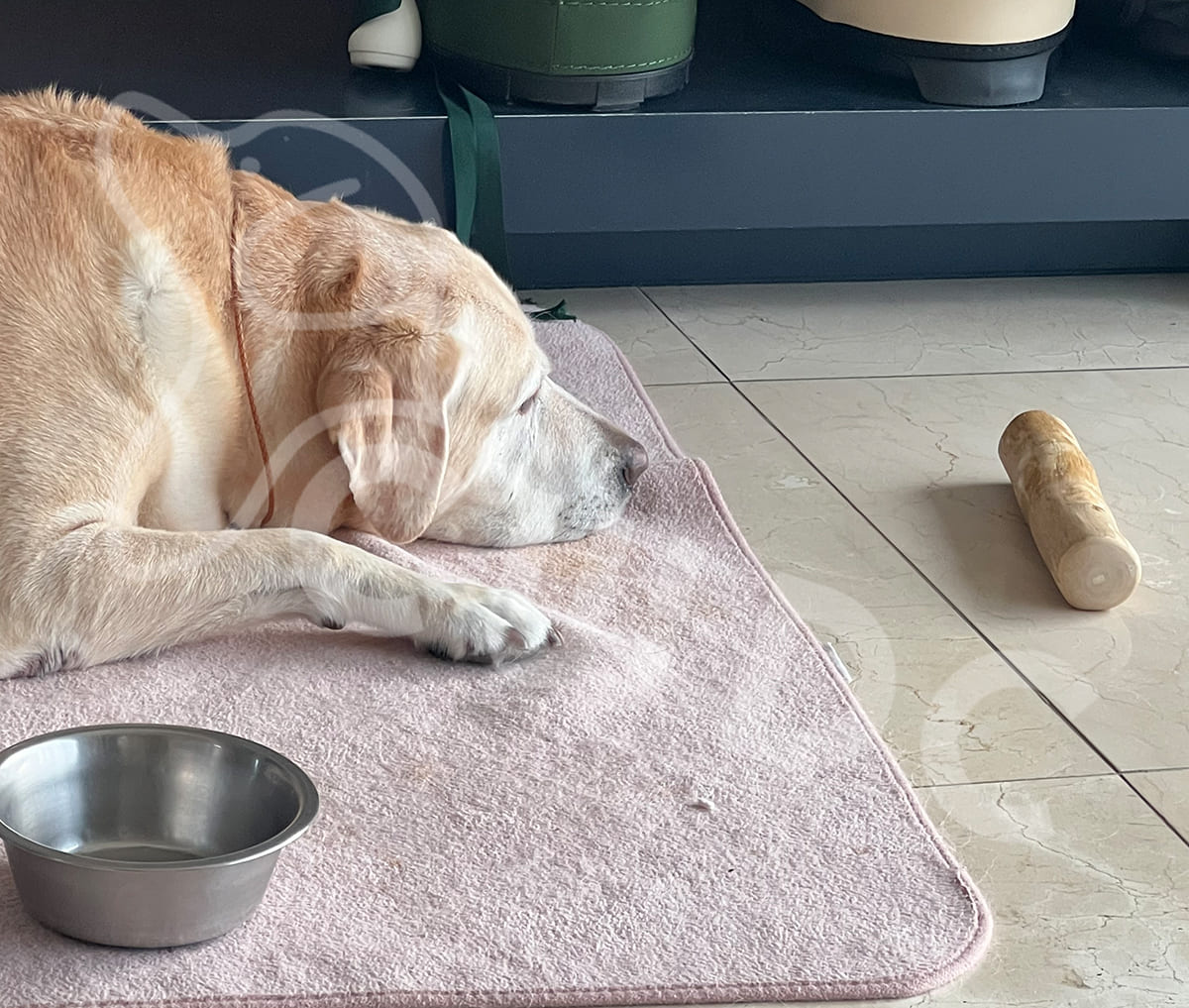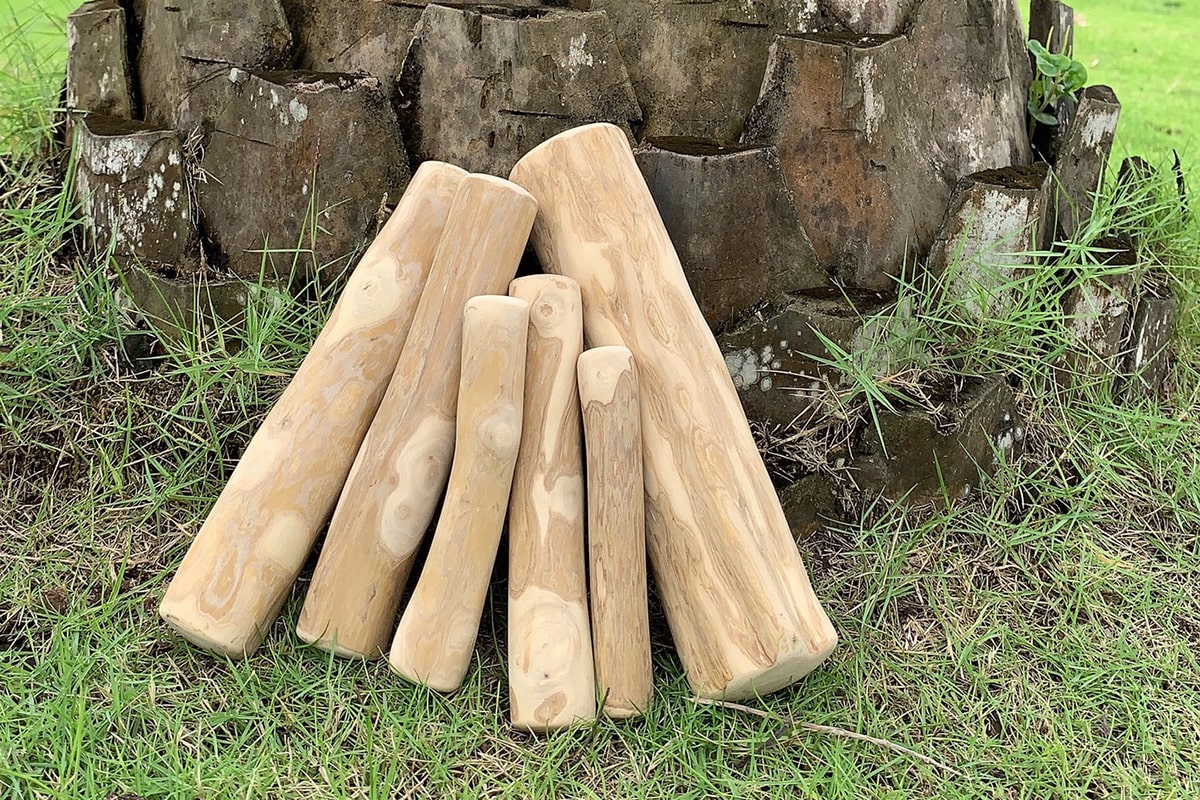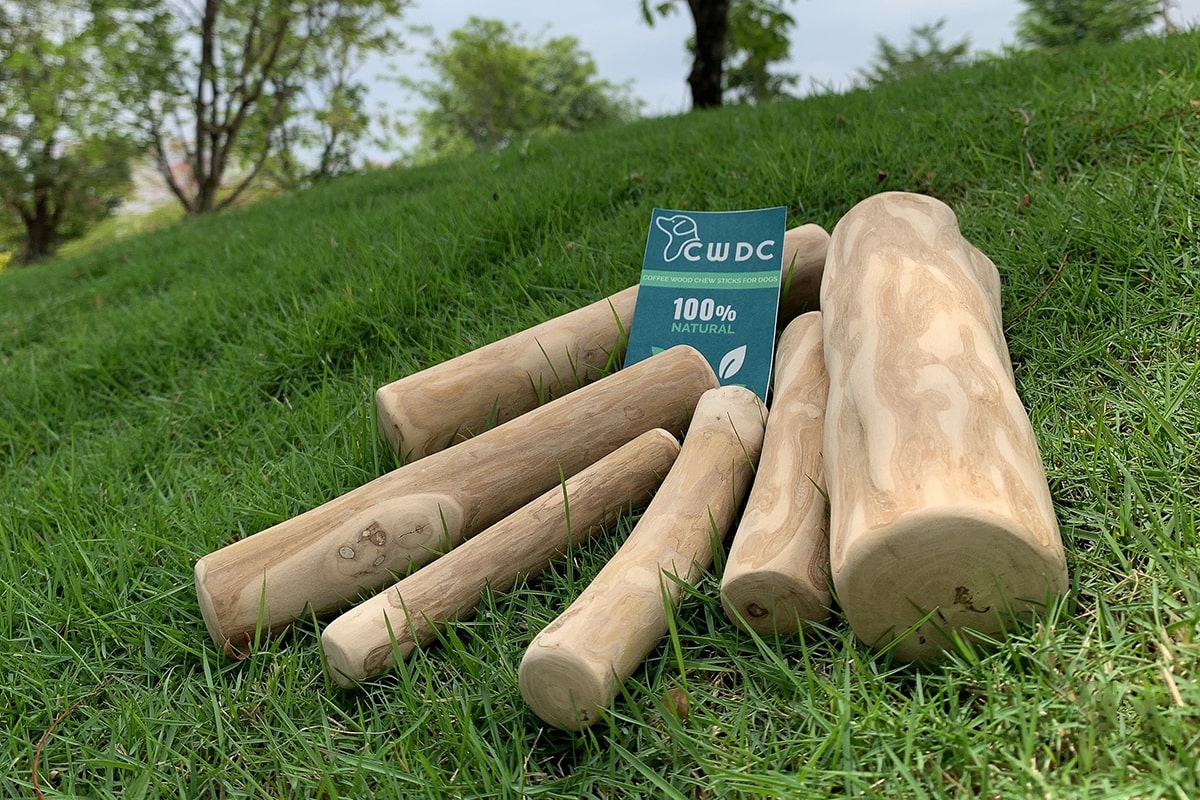The act of dogs chewing on wooden furniture or items around the home is a concern for many dog owners. The gnawed edges of a chair or scratched floorings not only signify property damage but could also indicate underlying issues in the pet’s behavior or health. Let’s delve deeper into understanding the reasons behind this behavior and how it can be addressed.
Understanding the Root of the Chewing Behavior
- Teething Woes: Puppies, much like human babies, go through a teething phase. As they transition from their milk teeth to permanent ones, discomfort and itchiness in the gums drive them to chew. Moreover, as natural explorers, young dogs also use their mouths to interact with and understand their surroundings.
- Boredom and Emotional Distress: An adult dog chewing may be signaling unmet needs. Boredom, lack of physical activity, or even emotional issues like separation anxiety can lead a dog to chew as an outlet. Thus, an adult dog suddenly taking up this habit should prompt a closer look at their daily routine and emotional well-being.
Potential Health Concerns
While dogs may not discern between what’s safe to chew and what’s not, owners should. Chewing wood might lead to ingestion of splinters, which can cause internal damage or obstructions. The resulting health concerns, from infections to possible surgeries, can be both emotionally and financially taxing.
Strategies to Curb the Habit
- Quality Wooden Toys: If your dog is inclined towards wood, provide safer alternatives. High-quality wooden chew toys, like Coffee wood chew or Gorilla Coffee Wood Chew, are specially designed to cater to this behavior without the associated risks. These toys are not only safe but are also durable, ensuring that your canine companion remains engaged for extended periods.
- Clearing and Safe-proofing: Make sure to clear your yard of potential wooden chew temptations like logs or sticks. Using chewing-deterrent sprays on furniture can also help in dissuading the behavior.
- Positive Reinforcement: Dogs respond well to positive reinforcement. Rewarding them for playing with their toys and discouraging them from chewing on furniture, combined with adequate physical and mental stimulation, can gradually alter their chewing preferences.
- Consultation and Quality Products: If you’re in search of high-quality chew alternatives, products like coffee wood rope or natural dog treats offer variety and safety. Companies like CWDC Vietnam offer these products tailored to individual customer requirements.
In Conclusion
While the act of chewing is instinctual for dogs, what they chew on can be guided. Recognizing the reasons behind the behavior and providing safe and engaging alternatives is the key. Addressing this not only ensures the longevity of your furniture but also safeguards the health and well-being of your furry friend.
Related Posts:
- Why Do Dogs Chew on Furniture, Shoes, and Other Household Items?
- Coffee Wood Dog Chews vs. Yak Milk Dog Chews: A Comparative Analysis
- How Coconut Chew Toys Can Help Prevent Destructive Chewing
- Are coffee wood chews safe for dogs ? A Comprehensive Look
- Is Coffee Wood Chew Safe for Puppies? A Comprehensive Analysis
- The Unmatched Benefits of Coffee Wood Dog Chew









